Using a dishwasher for the first time can feel intimidating, but with a few simple steps, you can quickly master this helpful kitchen appliance. Dishwashers save time, conserve water, and ensure your dishes are cleaned thoroughly.
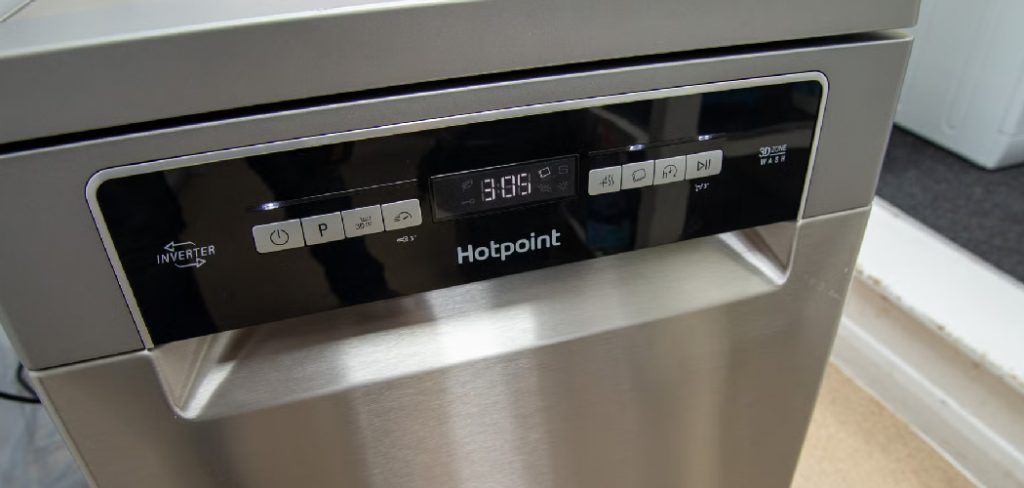
This guide on how to use a dishwasher for the first time will walk you through the basics to ensure your first use is a success.
Why Use a Dishwasher?
There are several benefits to using a dishwasher. First and foremost, they save time! Instead of washing dishes by hand, you can load them into the dishwasher and let it do the work for you. Dishwashers also save water and energy, making them an eco-friendly choice for your home.
It’s also important to note that dishwashers are more hygienic than hand washing. The high water temperature and detergent used in dishwashers can effectively kill bacteria and germs, ensuring your dishes are thoroughly cleaned.
Things to Consider Before Using a Dishwasher
- Check your dishwasher manual for specific instructions and settings. Different models may have different features and functions.
- Make sure your dishes are dishwasher safe. Certain materials, such as wood or cast iron, should not be washed in a dishwasher.
- Check the labels on your dishwashing detergent and rinse aid. Some dishwashers may require specific types of these products.
- Pre-rinse heavily soiled dishes to avoid clogging the dishwasher filter.
- Load dishes properly, avoiding overcrowding or stacking large items on top of each other.
- Remove any remaining food scraps from dishes before loading them into the dishwasher.
- Check your dishwasher’s water temperature. The ideal temperature for efficient cleaning is between 120-150 degrees Fahrenheit.
7 Step-by-step Guides on How to Use a Dishwasher for the First Time
Step 1: Read the Instruction Manual
Before using your dishwasher, take the time to carefully read the instruction manual provided by the manufacturer. Each dishwasher model may have unique features and settings, so understanding its specific functions will help you operate it effectively.
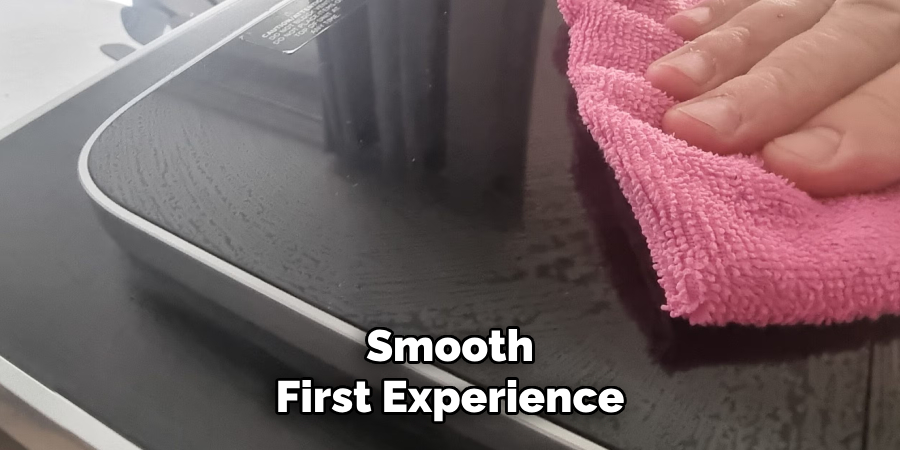
The manual will also provide details on proper installation, recommended detergents, and tips for optimal performance. Familiarizing yourself with the instructions ensures a smooth first experience and helps you avoid potential damage to the appliance.
Step 2: Prepare Your Dishes
Before loading your dishes into the dishwasher, it’s important to prepare them properly. Start by scraping off any leftover food into the trash or garbage disposal. While modern dishwashers are capable of handling some food residue, large chunks can clog the filter or reduce cleaning efficiency. Rinse off heavily soiled dishes to remove stubborn debris if necessary, but it’s not always required for newer models.
Also, ensure that no hard or non-dishwasher-safe items, like bones or plastic wraps, remain on the dishes. Proper preparation not only helps maintain the performance of your dishwasher but also ensures your dishes come out sparkling clean.
Step 3: Load the Dishes
Properly loading your dishes is crucial for optimal cleaning and to avoid any damage to the appliance. Start by placing large items like pots, pans, and baking sheets on the bottom rack of the dishwasher. Make sure they are not blocking the rotating arm or spray nozzles.
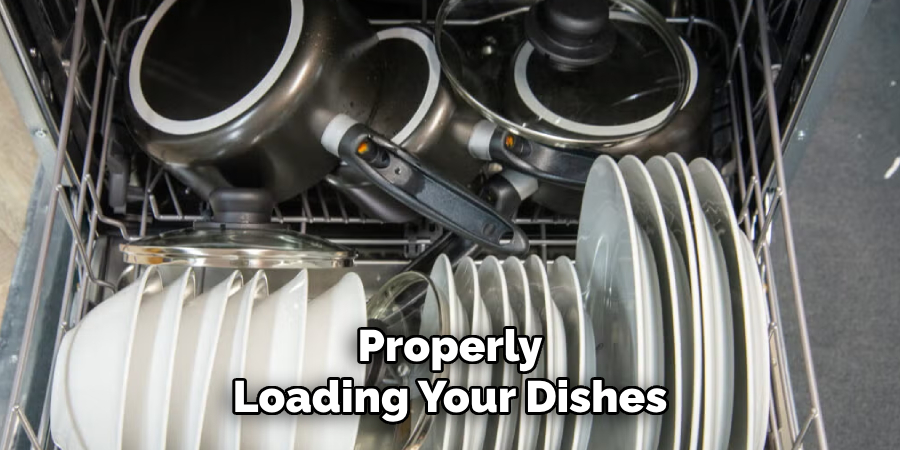
Next, place plates and bowls facing inward on the bottom rack and glasses and mugs on the top rack. Silverware should be placed in the utensil basket with handles facing down for proper cleaning. Avoid overcrowding or stacking dishes as it may prevent proper water circulation.
Step 4: Add Dishwasher Detergent
Add detergent into the designated dispenser cup according to the manufacturer’s instructions. Using more detergent than recommended will not make your dishes cleaner, but it can cause excessive sudsing and damage the dishwasher.
Remember, different types of detergents may require different amounts, so always read the instructions before use.
Step 5: Select a Wash Cycle
Most dishwashers come with multiple wash cycle options, including normal, heavy-duty, light wash, and eco-friendly cycles. Select a cycle based on your needs and the level of soiling on your dishes. If you have delicate or heavily soiled dishes, select a corresponding cycle for optimal cleaning results.
You may also have the option to select additional features like heated drying or sanitizing, depending on your dishwasher model. Again, refer to the instruction manual for guidance on which settings to choose.
Step 6: Start the Dishwasher
Once you’ve loaded your dishes, added detergent and selected a cycle, it’s time to start the dishwasher. Close the door securely and press or turn the “start” button or knob, depending on your dishwasher model.
Some dishwashers also come with a delay feature that allows you to set a specific time for it to start automatically. This can be beneficial if you want your dishes cleaned at a later time when energy costs are lower.
Step 7: Unload and Store Your Dishes
Once the dishwasher has completed its cycle, wait for a few minutes to allow the dishes to cool down before unloading them. Start with the bottom rack first to avoid any water dripping onto your clean dishes.
After unloading, make sure all parts of the dishwasher are dry before storing it away. This will prevent any mold or mildew from growing inside and keep your appliance in good condition for future use.
Following these simple steps on how to for the first time will ensure your first time using a dishwasher is a success. With practice, you’ll become a pro at using this useful kitchen appliance and enjoy the convenience it offers for years to come. Happy dishwashing!
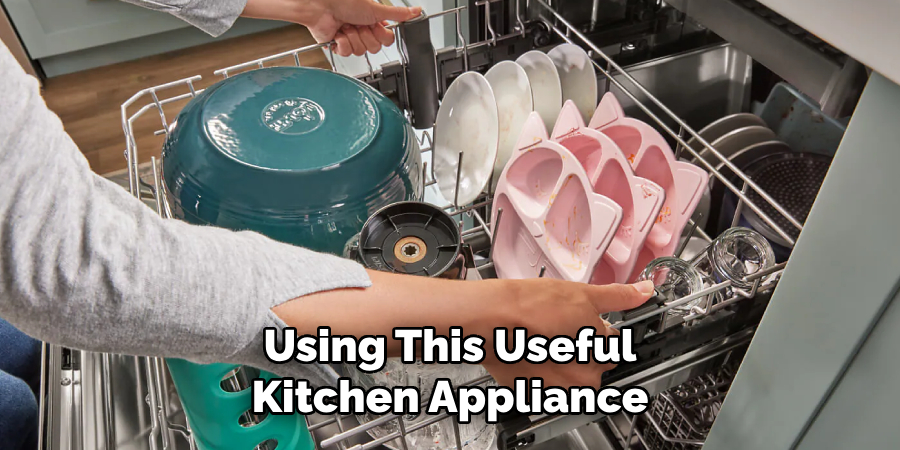
Dishwasher Maintenance Tips
To ensure your dishwasher remains in top condition, here are some maintenance tips to keep in mind:
- Clean the interior and exterior of your dishwasher regularly with a mild cleaning solution. Avoid using harsh chemicals or abrasive materials.
- Check and clean the filter regularly to prevent food particles from clogging it.
- Run an empty cycle once a month with a cup of white vinegar to remove any buildup and keep your dishwasher smelling fresh.
- If you notice any leaks or unusual noises coming from your dishwasher, contact a professional for repairs.
- Replace any damaged or worn-out parts promptly to prevent further damage and maintain optimal performance.
By following these maintenance tips and properly using your dishwasher, you can enjoy clean dishes without the hassle of hand washing. So go ahead and load up that dishwasher – let it do the dirty work while you sit back and relax!
Troubleshooting Common Issues
As with any appliance, dishwashers may face some common issues from time to time. Here are some troubleshooting tips for the most frequent problems you may encounter:
Dishes Not Getting Clean
Make sure dishes are properly loaded and there are no obstructions blocking the spray arms or water flow. Also, check the filter and clean it if necessary. If the issue persists, try changing the detergent or contacting a professional for assistance.
Cloudy Glassware
Cloudy glassware is usually caused by hard water or using too much detergent. Consider adding a rinse aid to your dishwasher and lowering the amount of detergent used in each cycle.
Dishwasher Not Draining
Check for any obstructions in the drain hose and make sure it is not kinked. If that doesn’t solve the issue, there may be a problem with the pump or motor, and you should contact a professional for repairs.
Frequently Asked Questions
Q1: Can I Put Plastic Items in My Dishwasher?
A1: It depends on the type of plastic and your dishwasher model. Check the manufacturer’s instructions for a list of recommended materials. If in doubt, it’s best to hand wash plastic items to avoid any damage.
Q2: Do I Need to Pre-Rinse My Dishes Before Putting Them in the Dishwasher?
A2: No, pre-rinsing is not necessary for most dishwashers. However, if you have extra dirty or greasy dishes, it may help with cleaning efficiency.
Q3: Can I Put Non-Dishwasher-Safe Items in My Dishwasher?
A3: No, non-dishwasher-safe items like wood, aluminum foil, and cast iron should not be put in the dishwasher as they can cause damage. Always check the manufacturer’s instructions for a list of safe materials.
Q4: How Do I Remove Hard Water Spots from My Dishes?
A4: To remove hard water spots, try adding a cup of white vinegar to an empty cycle once a month. You can also use a rinse aid to prevent future buildup. If the issue persists, consider using a phosphate-free detergent or contacting a professional for assistance.
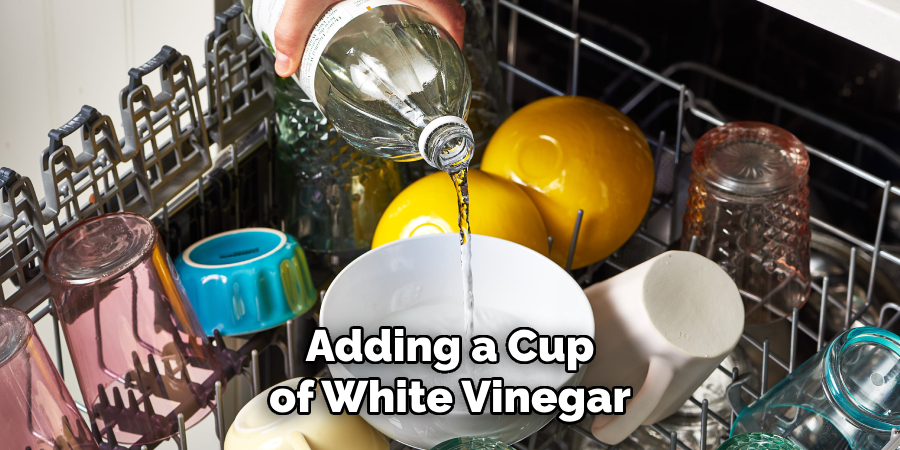
Conclusion
With these simple steps on how to use a dishwasher for the first time, you can confidently use your dishwasher for the first time and experience its many benefits. Remember to read the instruction manual thoroughly and prepare your dishes properly before loading them into the dishwasher.
Selecting appropriate cycles and features based on your needs and the level of soiling on your dishes will ensure they come out sparkling clean. Happy dishwashing!
Professional Focus
Angela Ervin, a former interior designer turned blogger, specializes in kitchen design and renovations. Through her website, she blends her passion for cooking with design expertise, sharing practical and creative ideas. Known for balancing functionality and beauty, Angela’s insightful content has made her a trusted voice in home design and lifestyle.
About the Author
Angela Ervin, an experienced interior designer and blogger, combines her passion for kitchen renovations with storytelling. Living in Petersburg with her family, she enjoys cooking and testing her projects firsthand. Known for her humor and relatable style, Angela shares creative, functional design insights through her content, making her a trusted voice in home design.
Education History
University: Virginia Commonwealth University
Degree: Bachelor of Fine Arts (BFA) in Interior Design
- Angela’s education at VCU focused on mastering core interior design principles, including spatial planning, color theory, materials selection, and sustainable design practices.
- She gained hands-on experience through studio projects and collaborative design exercises, which honed her ability to create functional and aesthetically pleasing environments.
- Her coursework also emphasized problem-solving and practical applications of design, preparing her for real-world projects like her self-directed kitchen renovations.
- The program’s strong foundation in both technical skills and creative expression shaped Angela’s ability to seamlessly integrate form and function in her work.
